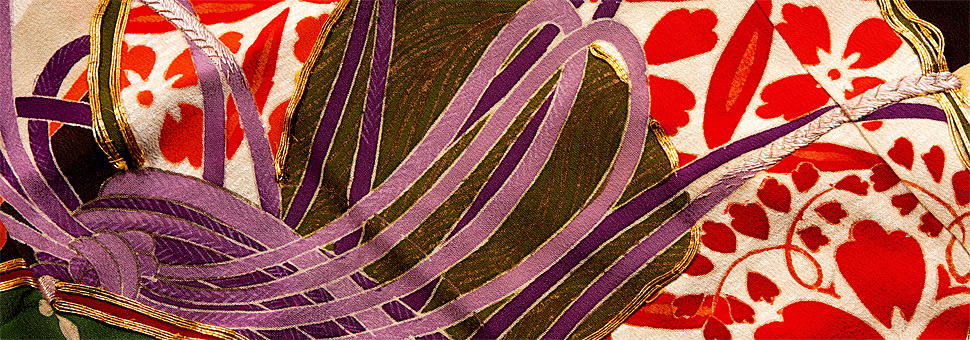 A rangzen, a Tibetan freedom bracelet (TRC Leiden).A recent donation to the TRC reminded me of the feestrokken now on display in the TRC’s exhibit Textile Tales from the Second World War. Feestrokken were patchwork skirts made by Dutch women in the second half of the 1940s to celebrate the end of German occupation and war. The donated object is a hand woven, cotton Tibetan bracelet called a Rangzen (TRC 2020.4161).
A rangzen, a Tibetan freedom bracelet (TRC Leiden).A recent donation to the TRC reminded me of the feestrokken now on display in the TRC’s exhibit Textile Tales from the Second World War. Feestrokken were patchwork skirts made by Dutch women in the second half of the 1940s to celebrate the end of German occupation and war. The donated object is a hand woven, cotton Tibetan bracelet called a Rangzen (TRC 2020.4161).
Both objects, the Feestrok and the Rangzen, are made from scraps and both originate from akong people who were being imprisoned for their beliefs. The Feestrok idea began in 1943, when a member of the Dutch Resistance was imprisoned. Mies Boissevain-Van Lennep (1896-1965) was sent a scarf made from scraps of clothing from family and friends. This patchwork scarf was the inspiration for the idea of the patchwork Feestrok.
Rangzen (Tibetan for freedom) bracelets started appearing some three decades ago. The bracelets originated in prisons, among Tibetans jailed for suspected pro-independence beliefs. Some say women prisoners used threads from their uniforms to weave the bracelets, which were then worn as a silent protest against the Chinese communist government. Others say that the Buddhist monk Geshe Yulo Dawa Tsering first wove the bracelets from yak hair, and then gave them to fellow prisoners.
All accounts agree that the diamond shaped motif is a traditional pattern. Some call the pattern ‘9-eyed’ or ‘dzi’,which is thought to provide protection for the wearer. This protective element may have come from Tibetan shepherds, who use the pattern when making slingshots to protect their herds from wolves.
Wearing the handwoven bracelets soon spread, and became popular, even among the Chinese in Tibet. When the Chinese government in Tibet became aware of its associations with political prisoners and independence, the bracelet was banned. The small (11 inches/ 27.9 cm) bracelets, sometimes called freedom bracelets or Tibetan peace bracelets, are now worn internationally as a sign of solidarity with Tibetans.
Weaving the bracelets has become an income generation project by, among others, Buddhist nuns of the Dohma Ling Nunnery in Dharamsala, India. The rangzen in the TRC collection was originally given to supporters of the Dutch chapter of the International Campaign for Tibet.
Shelley Anderson, 16th October 2020










